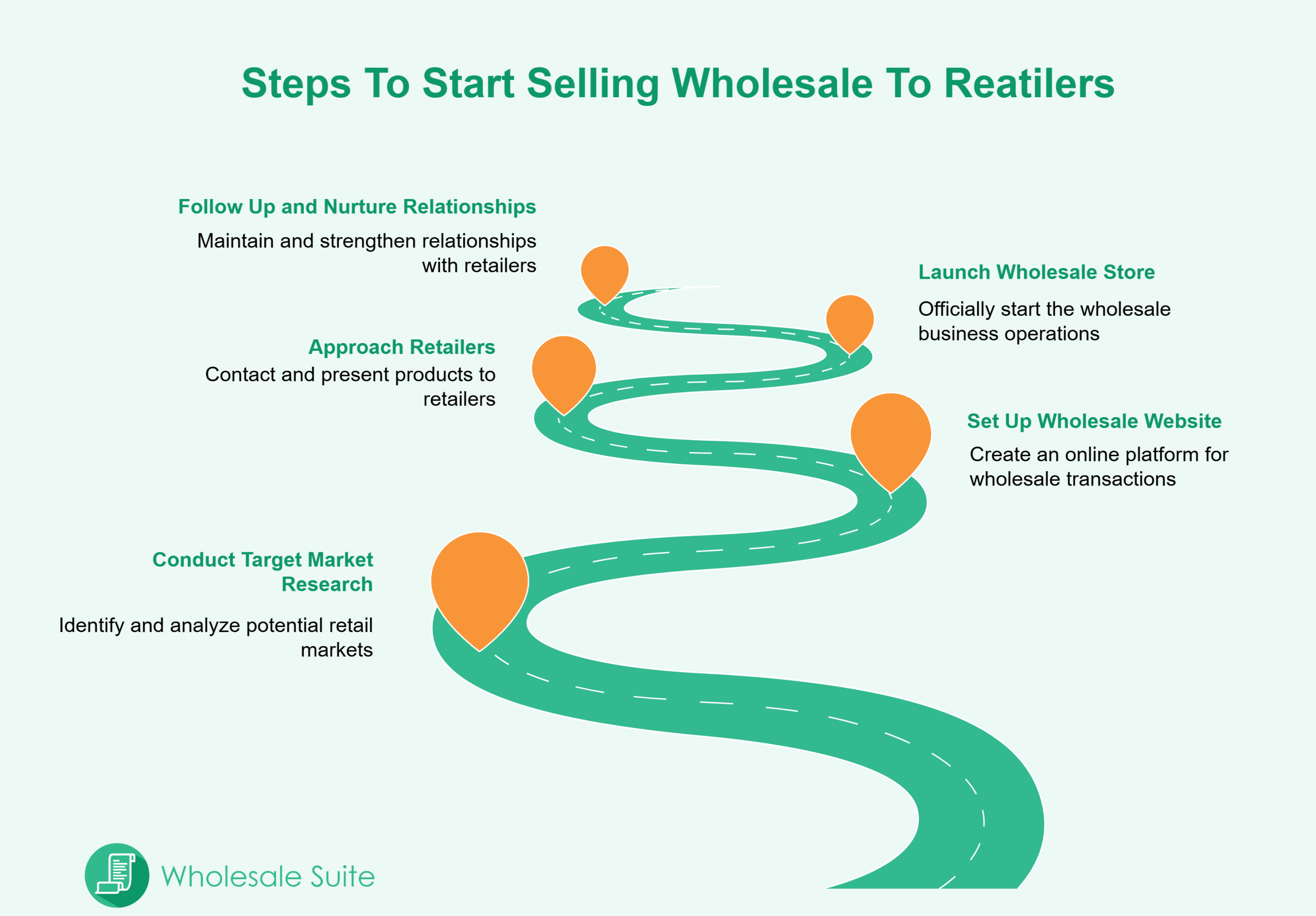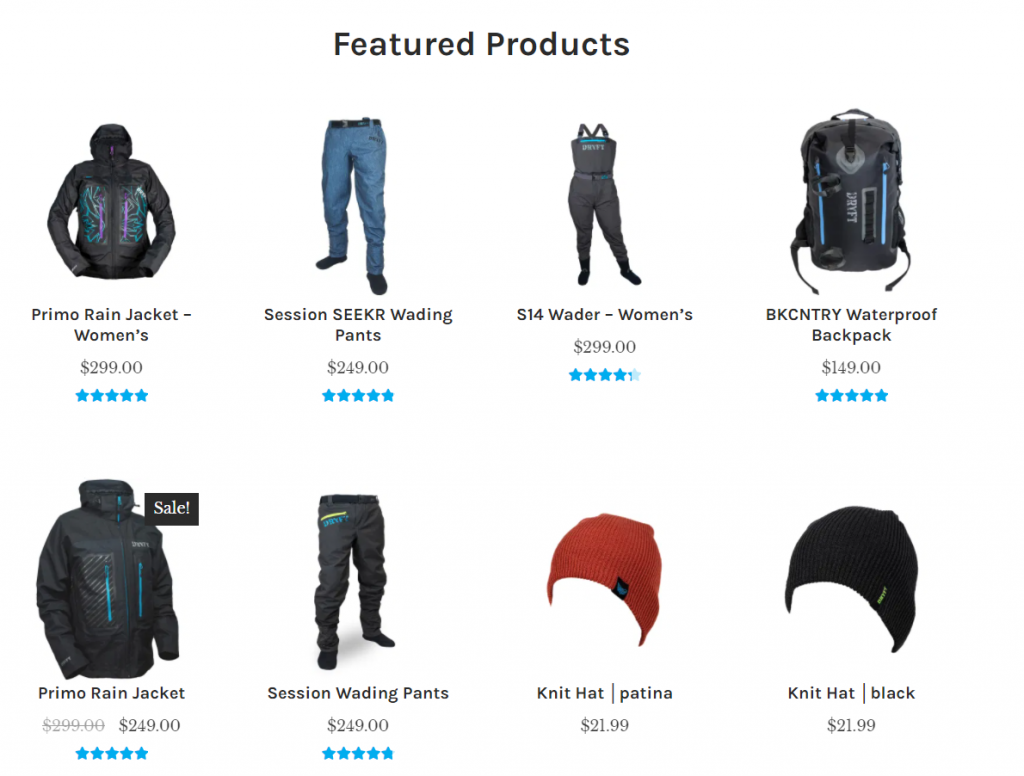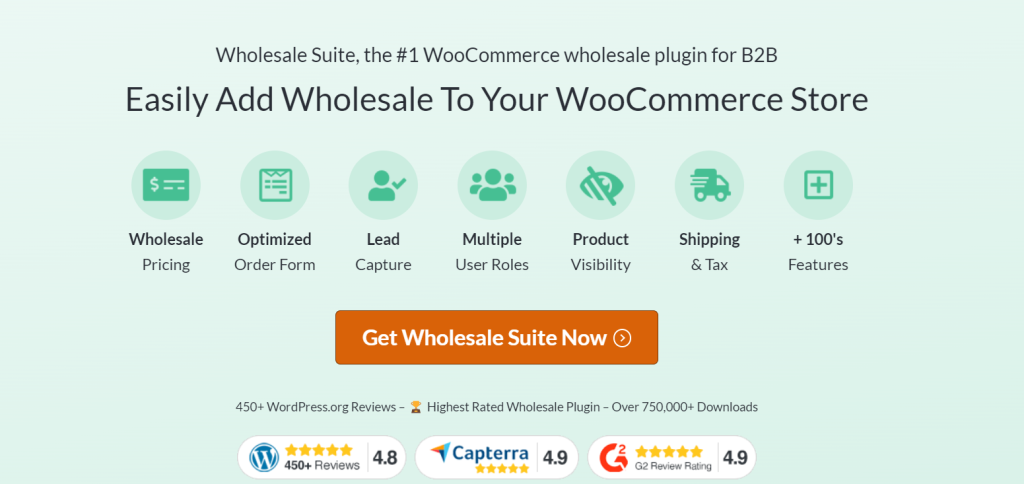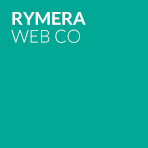
Selling wholesale to retailers can be a profitable business strategy. Often, these customers will become a source of recurring revenue for your business, which can have a positive impact on your bottom line. However, you first have to take the necessary steps to secure accounts with relevant businesses.
Fortunately, the process is fairly straightforward, especially if you have an effective system in place for managing your wholesale customer accounts and orders. With some careful planning and the right tools, you can set yourself up for success in no time.
In this article, we’ll discuss the benefits of selling wholesale to retailers. Then we’ll walk you through five key steps to get started with this strategy. Let’s dive in!
Why Sell Wholesale To Retailers?
As a wholesaler, you usually deal with businesses that, in turn, sell your products to end customers. If a product is popular, you can be confident that they’ll come back to you for further orders.
By selling wholesale to retail, you reap several advantages over dealing with end consumers directly. Those advantages include:
- Branding is not as crucial since businesses might want to white-label products on their end
- You sell in bulk, which can provide you with much larger profit margins
- Wholesale customers tend to make return purchases (as long as you offer them great prices)
- You get to negotiate payment terms and shipping options on a customer-by-customer basis
- Retail operations tend to have much bigger overheads
By selling wholesale to retail, you may not make many sales each month. However, the sales that you do make will probably be of a significant magnitude. In any case, dealing with fewer customers means that you can devote more time to offering each of them the best possible experience.
The Benefits Of Selling Wholesale To Retailers
There are very few individuals who need to purchase large quantities of products for themselves. As a result, business-to-business (B2B) sales are vital to the longevity of any wholesale business.
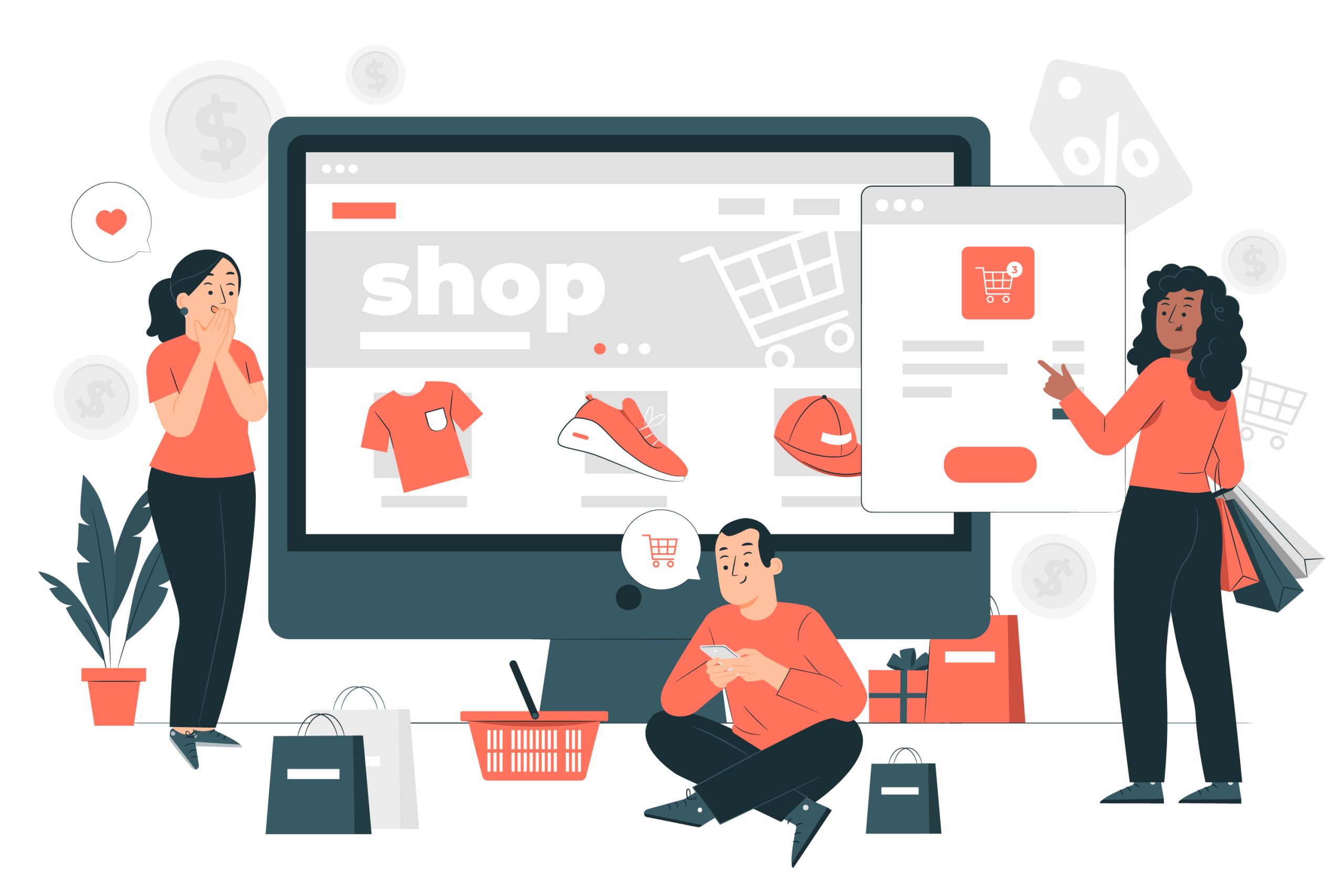
Retailers always need products in bulk to ensure they have sufficient stock to meet the needs of their own customers. If you manage to build strong relationships with relevant businesses, and your products sell well among their customers, you should be able to secure a reliable stream of revenue.
If you sell both wholesale and retail, getting your products on store shelves can help build brand awareness and result in more sales on your site to individual customers as well. This way, you can have the best of both worlds.
5 Simple Steps To Start Selling Wholesale To Retailers
Fortunately, if you’ve already established your wholesale business, then selling wholesale to retailers can be pretty straightforward. It just takes four primary steps to get started.
Step 1: Conduct target market research
The first thing you’ll want to do is make sure there’s a market for your product(s) among retailers. Otherwise, you may end up investing a significant amount of time and effort into a venture that won’t yield a return in the long run.
This process is a bit trickier than traditional market research, because you have two different audiences to consider:
- Retailers who might want to sell your products in their stores
- End-users, or the customers who would be purchasing your products from the retailers
If you’re already running a successful e-commerce business, you’ve probably done some end-user target market research. Now is a good time to revisit this data, update your customer profiles, and explore where your audience prefers to shop.
Then, you can move on to compiling a list of potential retailers to which you could sell. Ask yourself questions about these leads, such as:
- Does this retailer already sell similar products?
- If so, how well do those products sell?
- Where are this retailer’s brick-and-mortar stores located (if they have any)?
- Is my end-user target market familiar with this retailer?
- What is the scale of this retailer (single location, chain, big-box store, etc.)?
- Would this retailer’s brand appeal to my end-user target market?
The answers to these questions (and potentially others, depending on your industry) should help you determine whether each retailer you’re considering might be open to selling your products and if the relationship would be profitable. You can then decide whether to proceed with your plans.
Step 2: Set up your website to sell wholesale to retailers
Once you have an idea of which retailers might be a good fit for your products, you may feel tempted to jump right into marketing to them. However, it’s important that you have everything set up and ready to go on your end first.
By this, we mean that you likely need to implement or modify certain systems to make selling wholesale to retailers a smoother experience for everyone involved. This may include:
- Assessing your wholesale discounts to decide if you want to offer different deals to retailers
- Creating retailer accounts on your e-commerce site so customers can easily log in and restock
- Setting up registration forms so retailers who come to your site can apply for accounts
- Developing a wholesale order form so retailers can quickly and easily re-order products for their stores
Making sure you’re ready to sign retailers up for accounts and start selling right away will help you appear organized and credible to your new customer base.
We have a comprehensive guide on how to calculate wholesale prices from retail numbers: The Complete Guide to Wholesale Pricing (How to Calculate).
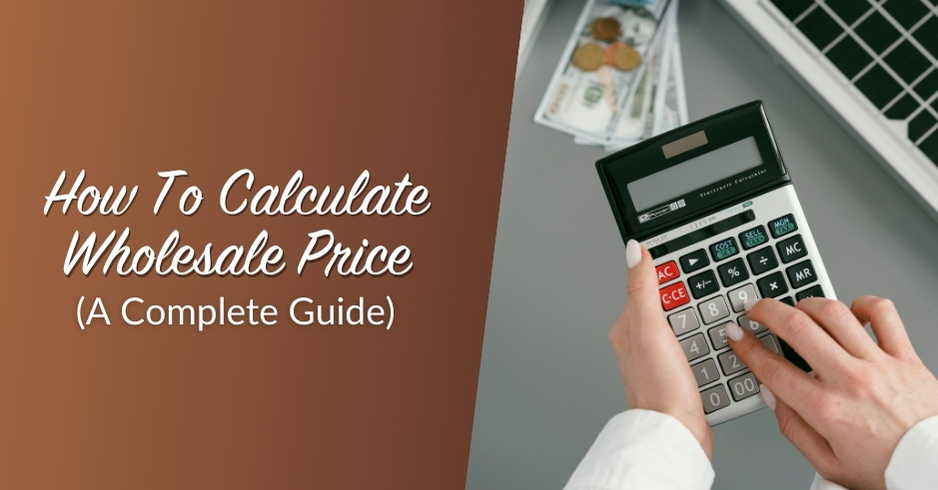
Step 3: Approach retailers to sell your products
Once you’re ready to receive retailers on your wholesale e-commerce site, you can start reaching out to see if the businesses you researched earlier are interested in stocking your products.
We’ve published an entire post on how to approach retailers to sell your products, but the three top strategies are:
- Schedule in-person demonstrations of your product(s) with retailers
- Contact the head office of large chains
- Write letters of introduction to retail buyers
Ensure you are familiar with your product inside and out, so you can effectively answer any questions retailers may have. It’s also wise to produce a summary sheet or PDF that they can review while making their decisions.
Develop a marketing plan
Selling wholesale to retailers will be a challenge at first. Most stores will have existing relationships with suppliers, which means they won’t find your business unless you approach them first. You’ll need to find potential retail business partners with a wholesale marketing plan.
We also have a full guide on how to approach retailers as a wholesaler: How To Sell To Retailers (Steps And Key Strategies).
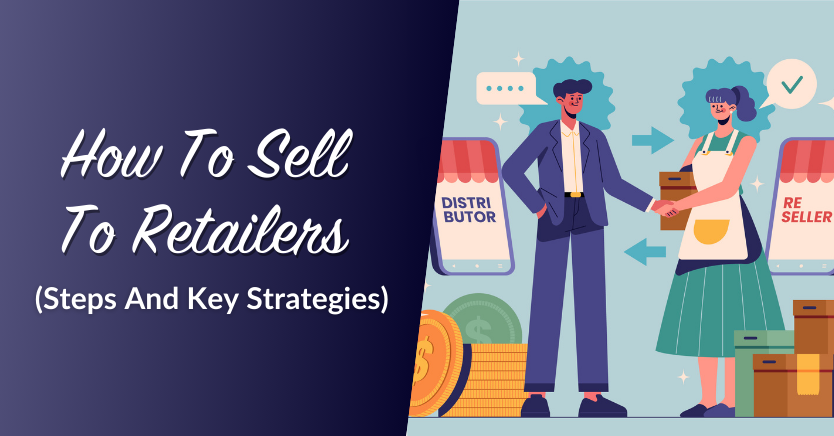
If you’re dealing with small retailers, approaching them in person is probably your best bet. That usually involves establishing contact by finding whoever’s in charge of purchasing, pitching your products, and arranging a meeting. During that meeting, you’ll need to discuss prices and show off your products.
Finally, cold emailing or mailing can be a great way to establish contact with retailers if you can’t schedule a meeting. For this process to work, you’ll want to create a list of all the retailers with whom you want to do business and obtain their contact information. To truly make this outreach successful, professional marketers go beyond the basics by leveraging data-driven strategies and automation tools to ensure every message is targeted, timely, and engaging.
The more leads that you can collect, the better. Once you have obtained the contact details, you can send a personalized cold email or mail discussing your products and why you’re a good match for the retailer you’re targeting. In most cases, you won’t get responses, but you just need one or two retailers to reply to get the ball moving with your store.
Step 4: Launch your wholesale store
Selling wholesale products from home is 100% possible if you have the right e-commerce setup. With WordPress, you can use plugins such as WooCommerce to set up online retail stores and grow your business as much as possible. Here’s a quick example of a regular WooCommerce store:
The issue with WooCommerce (and most other WordPress e-commerce plugins) is that they’re not geared for wholesaling operations. For selling wholesale to retailers, you’ll need a different set of tools, such as Wholesale Suite:
Wholesale Suite is a collection of plugins that add new wholesale functionality to WooCommerce. Using Wholesale Suite, you’ll be able to:
- Create custom wholesale user roles
- Set unique wholesale prices for each product (and for each user role)
- Design wholesale order pages
- Manage user registration for wholesale clients
- Make flexible payment terms for your customers, depending on their needs
If you plan on selling wholesale to retailers as a serious project, you’ll want to launch an online store to help you process sales and manage orders. With Wholesale Suite, you’ll be able to let retailers make orders whenever they want, so you can focus on other aspects of running the business.
Step 5: Follow up and nurture your relationships with retailers
After you secure your first B2B customers and the orders start rolling in, it’s easy to feel like you’re home free. However, don’t slack off just because you’ve made the sale!
There are plenty of other wholesalers who would like to sell to your retailers, so it’s essential to give them a reason to stick with you. The two most significant factors that will contribute to this are:
- The retailer’s customer experience with your brand
- How well are your products selling in stores
Regarding the first point, it’s essential to invest in your relationships with retailers. Send them regular emails that can improve their buying experience and introduce them to new products. Provide top-notch customer service and resolve any issues as quickly and seamlessly as possible.
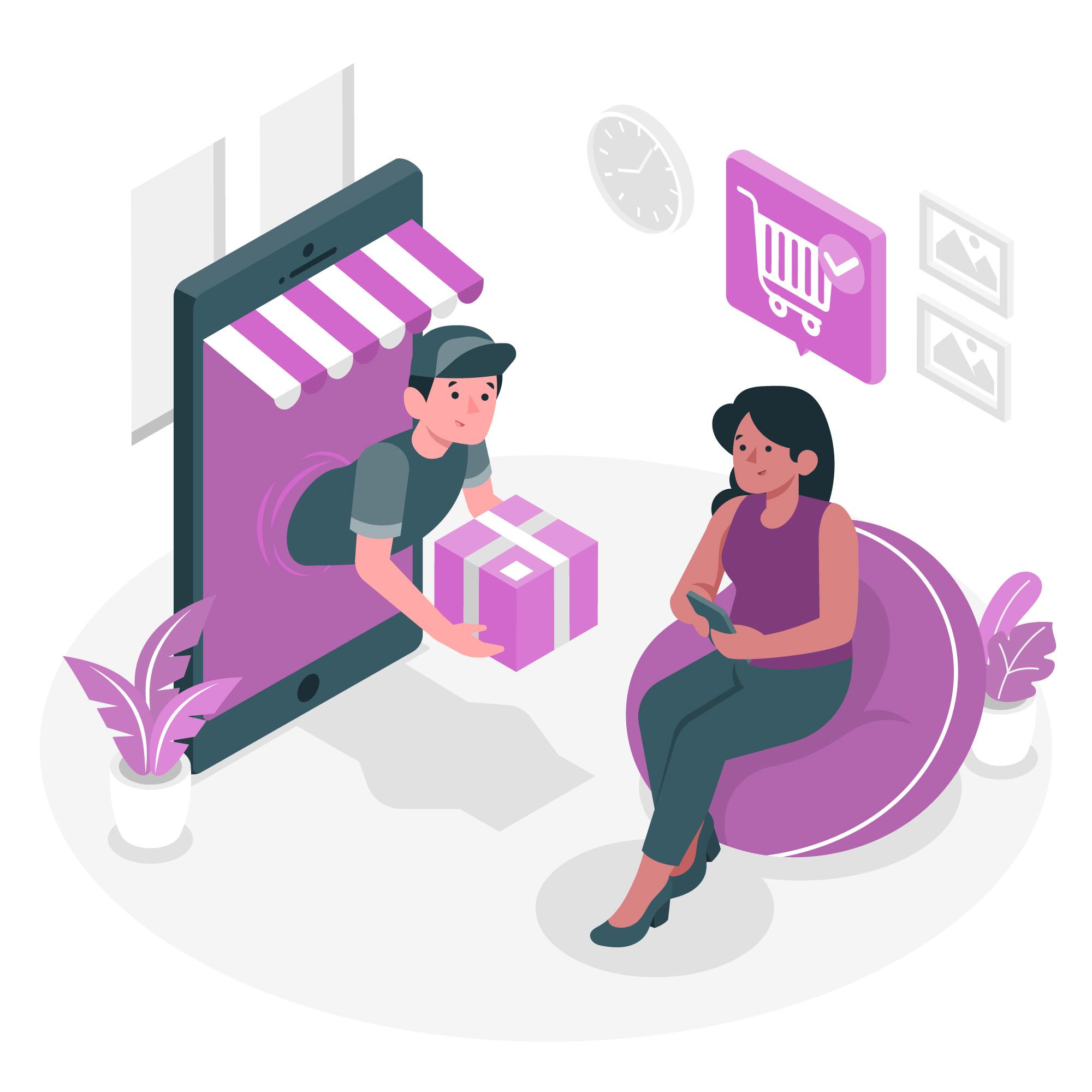
While you don’t have a lot of control over how well your products sell to end-users, there are steps you can take to improve this area as well. Consider reassessing and improving your packaging. Supply retailers with marketing materials to help them promote your products without requiring them to do all the work.
These gestures can go a long way towards fostering long-term relationships that will pay off for both you and the retailers you work with.
Frequently Asked Questions
Is it better to sell wholesale or retail?
It depends on your goals and business model. Selling wholesale means you sell large quantities to other businesses at lower prices, which can lead to steady, high-volume sales and fewer customer relationships to manage. On the other hand, selling retail allows you to sell directly to individual customers at higher prices. Still, you may also be responsible for handling more customer service and marketing tasks. Many businesses begin with retail and add wholesale operations later as they expand.
How do I sell directly to retailers?
To sell directly to retailers, you’ll need to identify stores or businesses that would benefit from your products. Reach out with a clear pitch, either by email, phone, or visiting in person. Prepare a wholesale price list, minimum order quantities, and any special terms you offer. Building relationships and providing reliable service are key. You can also attend trade shows or join online wholesale marketplaces to connect with retailers.
Can you do both wholesale and retail?
Yes, you can do both wholesale to retail business. Many brands sell directly to individual customers through their websites or stores and also offer wholesale options for retailers who want to stock their products. Doing both can help you reach a wider audience and expand your brand. Still, it’s essential to manage pricing and relationships carefully so that retailers feel supported and there is no competition with your retail sales.
Conclusion
When it comes to wholesale, selling to retailers is a top strategy for boosting revenue. While diving into the world of B2B e-commerce may seem intimidating, it actually doesn’t take that much to get started.
In this post, we reviewed four steps you can take to start selling wholesale to retailers:
- Conduct target market research
- Set up your website to sell wholesale to retailers
- Approach retailers to sell your products
- Launch your wholesale store
- Follow up and nurture your relationships with retailers
Do you have any questions about selling wholesale to retailers or setting up a wholesale e-commerce site? Ask away in the comments section below!


